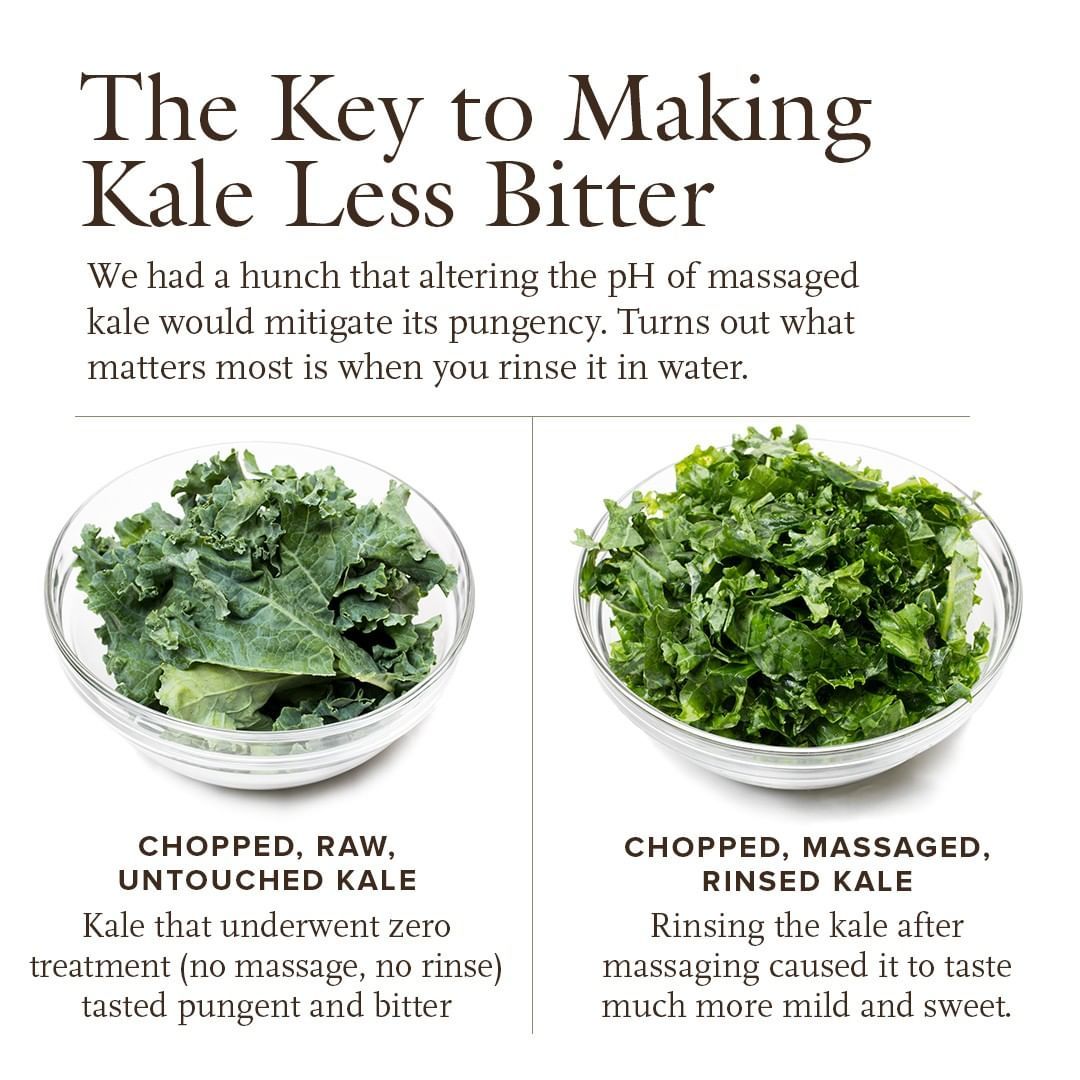A Delicious Guide for Parents: Unraveling the Taste of Kale
Welcome, delightful folks! If you’ve been questioning “What does kale even taste like?” and “How can I introduce it to my children’s diet?” then you’re in the right place. Kale, a nutritional powerhouse, is often the unsung hero in the realm of vegetables. But, many people overlook it because of its unfamiliar taste and texture. Well, it’s high time we start celebrating this superhero for what it provides in the nutrition game. So, let’s dive into understanding the taste of kale, and how we can playfully weave it into our meals to make our young ones healthier. Let’s go on this rousing food adventure together!
So, What Does Kale Actually Taste Like?
First of all, you’re probably wondering, “What am I to expect when I bite into this leafy green vegetable?” Great question! Be prepared to feel a delightful surprise with your taste buds.
The Taste of Kale
Kale, oftentimes, has a mildly bitter, peppery flavor. Some compare it to the earthiness of a beet or slightly peppery like an arugula. It embraces a unique flavor profile, which is somewhat bitter and somewhat sweet – a grand symphony of tastes indeed! It imparts a bit of crunch, especially when raw, providing that fun texture our children often adore in their meals.
The Influence of Variety on Taste
Here’s another fun fact: Kale’s taste can differ based on its variety. Curly kale, the most common type, has a pungent flavor with peppery and bitter notes. Lacinato kale (also known as Dinosaur or Tuscan kale) carries a sweeter and nuttier taste. Redbor kale, with its deep purple leaves, offers a more mild and tender flavor. Isn’t nature wonderful? It provides quirky little surprises in our everyday meals!
Decoding the Flavors – It’s All About the Soil and the Season
Soil: A Flavor Maker
You might not believe this, but the soil in which kale grows can alter its taste. If grown in well-nourished soil, kale leaves can be sweeter and more flavorful. So, it’s not just about the type of kale but also about where it’s grown.
The Magic of Frosts and Seasons
Additionally, the growing season greatly affects kale’s taste profile. Kale grown in colder climates or harvested after a frost tends to be sweeter. Here’s your tip when shopping during winters: go for kale, your sweet leafy green!
Stay tuned for more information on how to discretely incorporate kale into your kid’s diet, mask its bitterness, and turn it into a meal they will ask for over again.
Coming Up
In the next section, we’ll dive into how to cook kale to bring out its incredible flavors, and also some simple, yet enticing kale recipes your kids will love. Now that you’re familiar with what kale tastes like, get ready to explore the potent possibilities with this superfood!

Making Kale a Superhero at Your Dining Table
Who said making healthy food fun needs to be a challenge? The trick lies in using the right techniques. Whether it’s raw, sautéed, or blended in a smoothie, there’s a way to prepare kale that even your youngster will enjoy.
Making Raw Kale Deliciously Edible
The Art of De-Stemming and Massaging
Yes, you read that right. Massaging kale is a real thing and it does wonders. This simple yet effective technique helps soften the leaves, reduce the bitterness, and enhance the sweetness. It involves removing the tough stems and then massaging the leaves with a little bit of olive oil or lemon juice for a couple of minutes until they become soft and dark.
Cooking Kale: Bringing Out the Flavors
Blanched, steamed, sautéed, baked to make chips, or thrown into a stir-fry, soups, or stews, kale transforms into a versatile and delicious ingredient when cooked appropriately. It’s all about playing with the tastes and intertwining the texture with other ingredients.
Pair it With Flavors
The slightly bitter taste of kale pairs well with a variety of flavors. Sweet ingredients like apples, cranberries, tomatoes, and peppers can be used to balance the bitterness, while hard cheeses or a splash of acidic elements such as lemon juice, vinegar, or flavorful salad dressings can also reduce the bitter aftertaste and make it more enjoyable for our little taste testers!
Fun, Delicious and Nutritious Kale Recipes
Fantastic Smoothie
How about blending some kale into a smoothie with bananas, blueberries, and a touch of honey for a healthy treat your kids will love? This is a great way to make sure your family reaps the benefits of this green superfood.
Kale Pizza and Pasta
Kale makes a great topping on pizza and easily blends into the tomato-based sauce of pasta without overpowering it. Kids won’t mind the greens when they are part of their favorite dishes!
Kale Chips
Here’s another tasty trick: turning kale into chips. A little bit of olive oil, some seasoning, and 15 minutes in the oven turns kale into a crispy, tasty snack that your children will adore and ask for again!
All with this, we bid adieu, and can’t wait for you to fall in love with kale! Remember, the key to introducing new flavors to your children’s diet is patience, creativity, and a touch of culinary adventure. Have a great food journey, parents!
Preparing For the Kale Experience: 5 Things Parents Should Know
1. Kale’s Taste Profile
Kale is a nutrient-dense green leafy vegetable with a slightly bitter, peppery flavor and a hint of earthiness. The texture can be a bit tough, especially in larger, more mature leaves.
2. Younger Leaves are Milder
If you’re introducing kale to children for the first time and you’re concerned about the distinctive taste, go for younger, smaller leaves. They tend to be less bitter and more tender, hence, palatable for young taste buds.
3. Cooking Methods Alter Taste
Parents should know that how you prepare kale can affect its taste. Boiling, steaming, or sauteing it can temper the bitterness and make the texture softer, which might be more appealing to kids.
4. Kale Blends Well in Smoothies
It’s worth pointing out kale’s versatility for a balanced diet. For kids reluctant to try kale on its own, blending it with fruits in a smoothie can cleverly disguise its flavor. You may also incorporate it into soups, pasta, and stir-fries, or bake them into chips.
5. Quality Matters in Taste
Choose fresh, organic kale for the best taste. Wilting or yellowing kale can be overly bitter and might turn off first-time kale eaters. Fresh, high-quality kale will have a much more pleasant taste and texture.
Remember, every child is different, and their taste preferences vary. Introducing kale in a fun and engaging way might help ease them into adding this healthy green to their diet.
For more great articles please see here. For more information see here
Disclaimer
The articles available via our website provide general information only and we strongly urge readers to exercise caution and conduct their own thorough research and fact-checking. The information presented should not be taken as absolute truth, and, to the maximum extent permitted by law, we will not be held liable for any inaccuracies or errors in the content. It is essential for individuals to independently verify and validate the information before making any decisions or taking any actions based on the articles.




